what is the difference between thread and process, i know you think this is duplicate , but seriously no where and nobody given one exact and to the point answer . I am really tired when somebody says thread are light weight process , even books does not clearly mention it why ? So I gone through different stackoverflow answer and made a final answer. I feel it is incomplete. Please contribute to this answer ,as it will really help thousand of people who still struggling to understand this puzzle.
My research reached till here so far ....
Linux calls clone API for creation of thread and creation of process , only difference is there are 28 flags which are configured differently for thread and process. https://stackoverflow.com/a/64942352
